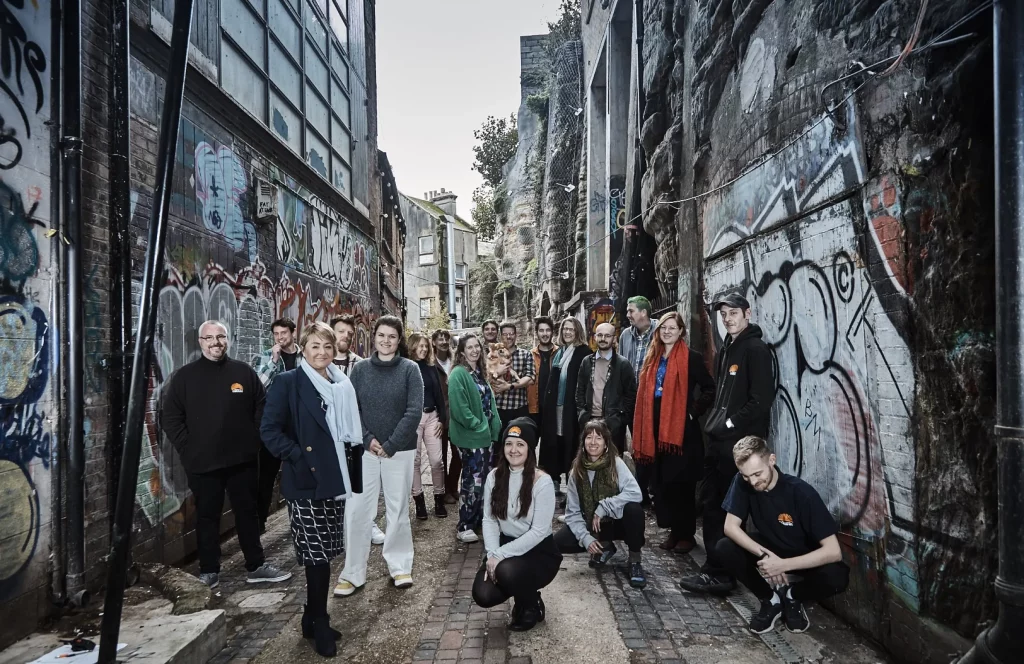The Tatry and Arbour Mill Non-Profit Housing Project in Mississauga, near Toronto, is a 248-unit rental apartment complex built to provide affordable housing while using less energy and land. Developed in 1991 by two community groups, one Polish and one interfaith, the project offers high-quality homes for a mix of income levels and ethnic backgrounds. About a quarter of the apartments are rented at market rates, and the rest are for lower-income households, with provincial support for those who cannot afford rent.
The two buildings, seven and thirteen storeys high, were constructed on a former unused urban site with shops and services at street level. Their design encourages walking, reduces car dependence, and blends with the surrounding neighbourhood. Green spaces, rooftop gardens, safe play areas, and community rooms support a lively and sociable environment. Local volunteers run programmes such as a breakfast club, homework help, craft activities, and public health initiatives.
The project is also a model for energy efficiency. Well-insulated walls and roofs, double-glazed windows, efficient lighting and appliances, and a gas-powered co-generation system cut energy use by half compared to similar buildings. Waste heat from electricity production warms the buildings and water, and summer cooling is provided through a simple water-based system. These measures reduce carbon emissions to about 30% of normal levels and recover their extra cost in seven to eight years.
The project shows how affordable housing can also support environmental goals and community life. With strong local involvement and smart design, it has created a stable, mixed community and set an example for sustainable urban development in Canada and beyond.
Quadrangle Architects Ltd





